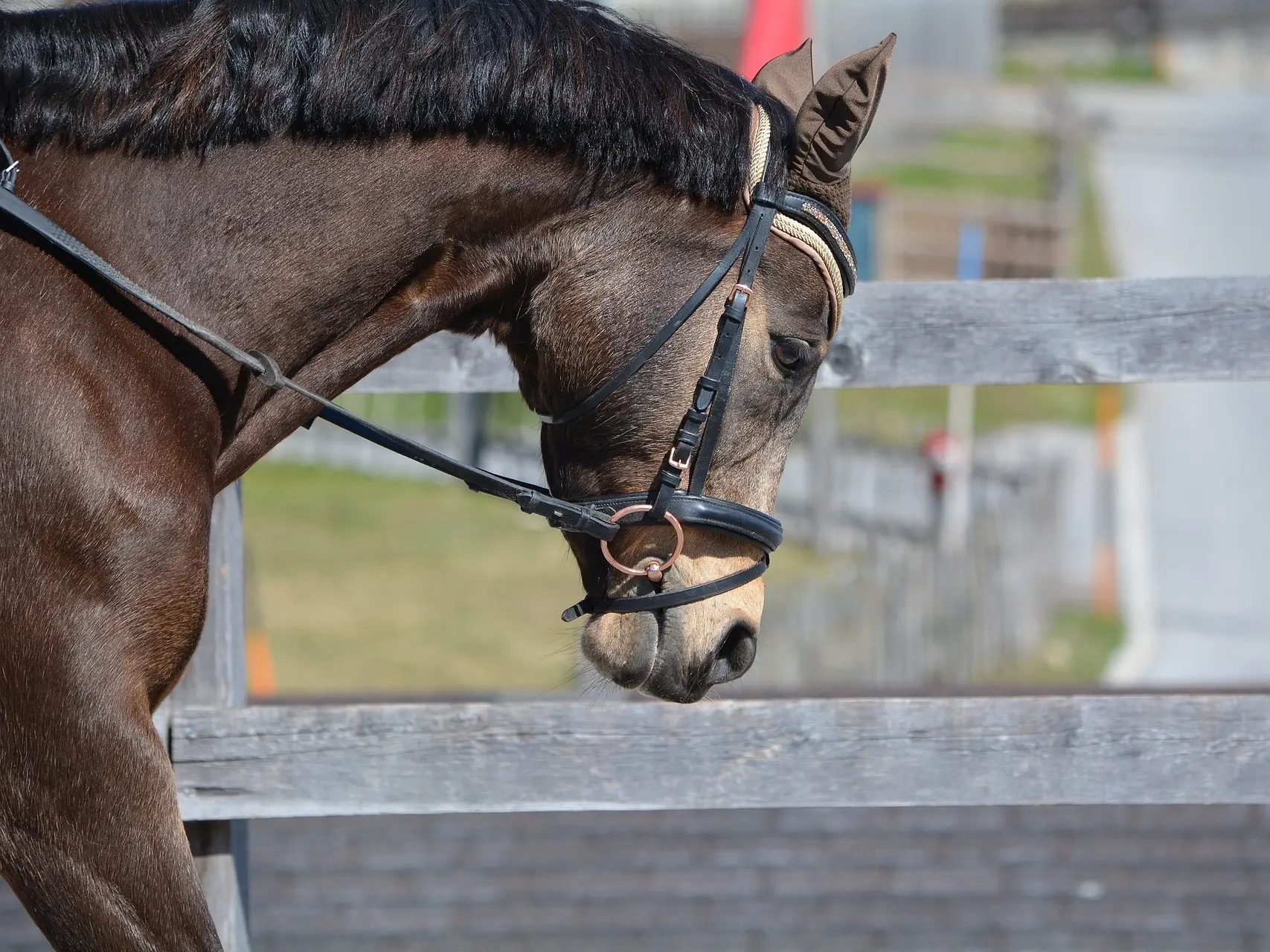
The cream dilution gene affects base colors by lightening them, a single dilution of the gene produces colors like palomino, smoky black, buckskin and sealskin. While a double dilution creates the red-eyed and pink-skinned cream colors often mistaken for albino (which doesn’t exist in equines).
Cream Dilution
Cream is perhaps the most commonly found and widespread dilution. The gene has a lightening effect on the hair and is responsible for a hugely varied scope of colors. The most obvious effect is on chestnut, bay and brown, a single dose lightens their coats to a golden or tan color. While it can have a slight effect on black coats, it usually requires a double dose to be visibly identifiable.
Single Dilute Cream Shades
A single cream gene can have a rather dramatic affect on chestnut, bay and brown coats, creating some of the most sought after and beloved colors. Note that only in chestnut horses is the mane and tail hair affected by a single dose.
 Chestnut Base
Chestnut BasePalomino is a single dose of the cream dilution on a chestnut base, creating a range of golden coats with flaxen mane and tail.
 Bay Base
Bay BaseBuckskin is the result of a single dose of the cream dilution on a bay base, creating a range of yellow to tan with dark mane and tail.
 Brown Base
Brown BaseSealskin is a single dose of the cream dilution on a brown base, creating a range of dark golden to tan coats with dark mane and tail.
Double Diluted Cream Characteristics
There are a couple of traits that can help visually identify a double diluted cream animal: pink skin and blue eyes. They can be confused with pink-skinned dominant white pintos or even a light-skinned extreme expression of the leopard white pattern.

Blue eyes

Pink skin
Double Dilute Cream Shades
A double dose of the cream gene affects colors much more dramatically and can even make black animals almost pure white. Double cream dilutions are the horse color most often mistaken for albinos (which doesn’t really exist in horses). Obviously it is difficult to visually differentiate between the four bases once the dilution has removed so much pigment.
 Black Base
Black BaseSmoky cream can be the greyest of these very light colors, their coats range from white to a creamy pale grey. Skin is pink and eyes are blue.
 Chestnut Base
Chestnut BaseCremello animals are the lightest of the double dilutes. Body, mane and tail ranges from cream to pure white, skin is pink and eyes are blue.
 Bay Base
Bay BasePerlino is difficult to distinguish from sable. Body ranges from cream to pure white, mane and tail can be darker. Skin is pink and eyes are blue.
 Seal Base
Seal BaseSeal is no different than the other double dilutes, the coat is varied shades of white, as is the mane and tail, making their muzzle difficult to identify.
White Patterns
The various white patterns can be displayed on cream breeds that carry them, on both single and double dilutions. This creates some incredibly beautiful creamy spotting.
 Roan
RoanRoan patterns create a spectrum of lovely shades, so adding cream just widens the gamut and creates for lovely soft pastel colors.
 Pinto
PintoThe pinto pattern is quite common on a palomino, less so for buckskin. On double dilutions they can be difficult to visually identify.
 Appaloosa
AppaloosaAppaloosa patterns add another dimension to the cream dilutions, creating a huge variety of shades in the spotting patterns.